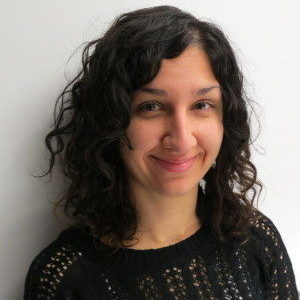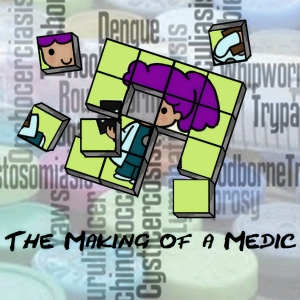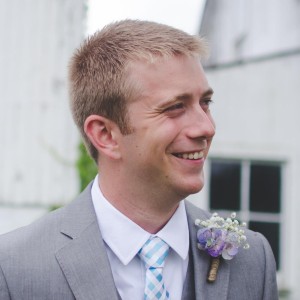A Call to Physicians for Environmental Awareness
We have made it to an era when even fast food restaurants stock biodegradable straws. Corn-derived utensils have been released from the confines of the Whole Foods salad bar and have made their way into a wider range of restaurants and delis. There are pockets in this nation where composting is a city-maintained public service, where green bins enlist each and every home in the neighborhood to move one step closer to a greener lifestyle and to leave a lighter footprint on this earth. But the medical community — perhaps the one institution that has the most potential for enacting change — is lagging in the area of environmental consciousness.










